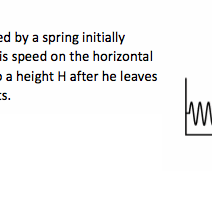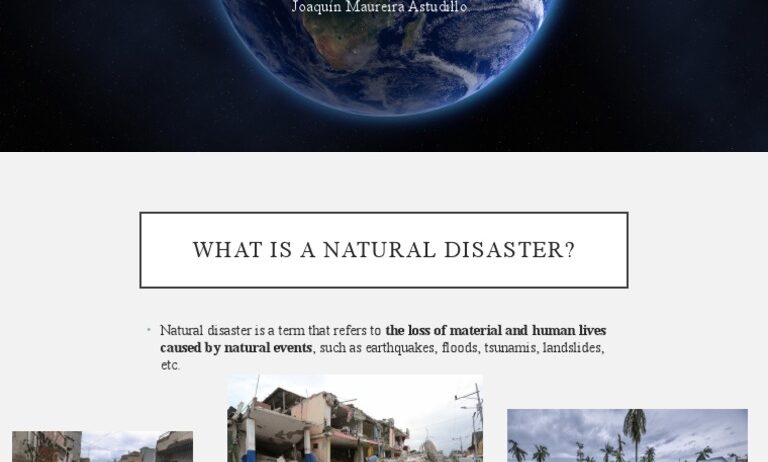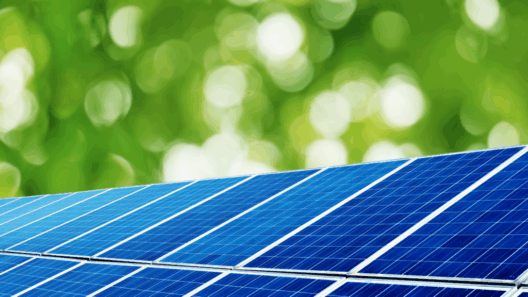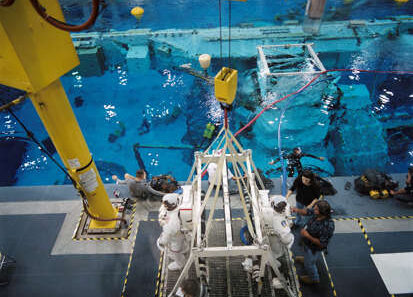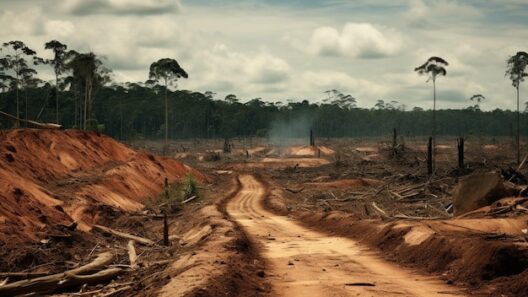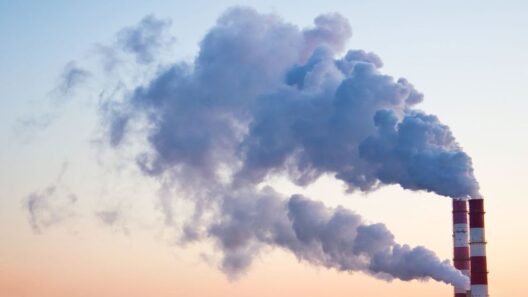The phenomenon of climate change, akin to a puppeteer manipulating the strings of our planet, is fundamentally altering the fabric of natural ecosystems and, consequently, the incidence and intensity of natural disasters. To understand the burgeoning phenomenon of natural disasters in the context of climate change, one must delve into the symbiotic relationship between a warming climate and extreme weather events, revealing a tapestry woven with threads of causation, consequence, and urgency.
At the heart of the discussion lies the concept of climate change itself—a change defined as a long-term alteration in temperature and typical weather patterns. The primary driver of contemporary climate change is anthropogenic greenhouse gas emissions, which have transformed the atmosphere into a veritable blanket, trapping heat and causing the Earth’s average temperatures to rise. The implications of this warming are not confined to mere meteorological changes; they extend into the realm of natural disasters, which have become more frequent and severe.
Natural disasters, often perceived as destructive forces unleashed upon unsuspecting societies, can be likened to nature’s wrath—an embodiment of retribution for ecological disparities. Hurricanes, floods, droughts, and wildfires—all manifestations of this wrath—have shown an alarming correlation with rising global temperatures. The escalating frequency and severity of these events are not mere coincidences; they are the tangible manifestations of climate change that reverberate across communities and ecosystems.
In the realm of hurricanes, research has identified a marked increase in both the intensity and destructiveness of these storms. As ocean temperatures continue to rise, they provide an abundant source of energy for tropical cyclones. Warmer waters fuel stronger storms, leading to hurricanes that collide with coastlines with increasingly devastating force. The havoc wrought by such storms not only results in immediate human casualties and infrastructural damage but also engenders long-lasting economic repercussions, thwarting development and exacerbating socio-economic disparities.
Furthermore, the phenomenon of flooding, exacerbated by climate change, illustrates another facet of this escalating disaster narrative. Heavy rainfall events, made more prevalent by higher temperatures, inundate areas ill-equipped to manage such water surges. Urban landscapes are often unprepared for the deluge; drainage systems falter, and communities are left to grapple with the aftermath. The once-innocuous clouds hovering above transform into harbingers of catastrophe, releasing torrents that reshape landscapes and livelihoods alike.
Droughts present a different but equally severe plight. In regions already susceptible to arid conditions, the lack of sufficient precipitation has become exacerbated by climate change. As temperatures rise, evaporation rates increase, further diminishing the water supply. This creeping menace disrupts agricultural cycles, leading to crop failures and food insecurity, while simultaneously straining water resources. The slow, insidious encroachment of drought serves as a reminder of the fragility of ecosystems, revealing how interwoven human existence is with the natural world.
The increase in wildfires also underscores the cascading effects of a changing climate. Higher temperatures and prolonged dry spells create ideal conditions for wildfires to ignite and spread. Landscapes once vibrant with life are transformed into charred remnants, illustrating how fire becomes both a destructor and a renewer. The cycle of fire reshapes ecosystems, but the immediacy of destruction leaves a trail of grief and loss in human and animal communities alike. Nature, it seems, fashions a dual-edged sword—one that can both eliminate and regenerate.
It is imperative to recognize that these natural disasters, though often viewed in isolation, are interconnected through the overarching narrative of climate change. The increasingly chaotic weather patterns that define our time make it abundantly clear that these disasters are not isolated incidents but are part of an emerging pattern. The intense flooding, severe droughts, relentless wildfires, and ferocious hurricanes are voice echoes of a planet grappling with distress and an urgent call for change.
The call for action cannot be overstated. Mitigating the effects of climate change requires concerted efforts on a global scale, transcending borders and nurturing the realization that we are all intertwined in this ecological tapestry. Strategies to curb greenhouse gas emissions, invest in renewable energy, and foster sustainable practices must be prioritized. Additionally, enhancing resilience through better urban planning, infrastructure upgrades, and disaster response strategies is crucial in mitigating the impending impacts of natural disasters linked to climate change.
As the threads of our environment continue to fray, the time to act is unequivocally now. Ignoring the increasing frequency and severity of natural disasters associated with climate change is no longer an option. The stakes are high; our ecosystems, our livelihoods, and our very existence hang in the balance. In navigating this perilous landscape, we must adopt a holistic view, one that recognizes the intricate connections between climate change and natural disasters. Only through a multifaceted approach that embraces both mitigation and adaptation can humanity hope to alleviate the impending storms that loom on the horizon.
In conclusion, the escalating incidence of natural disasters, seemingly disparate yet cohesively woven into the narrative of climate change, demands our attention and immediate action. The metaphorical strings of our planet’s destiny are being tugged by human hands; it is our responsibility to pull them in the right direction. As stewards of this Earth, we must take bold strides toward a sustainable future, ensuring that the legacy we leave behind is one of resilience and renewal.


